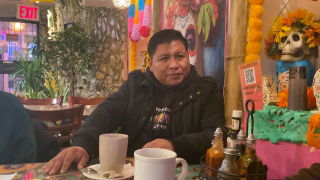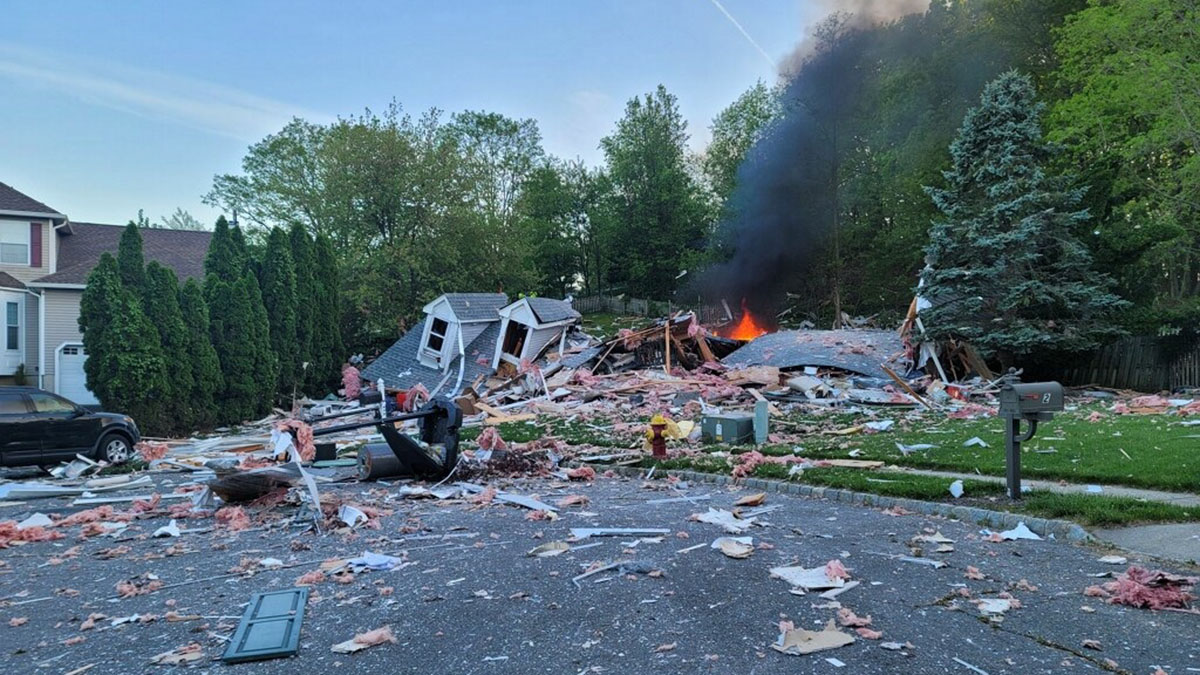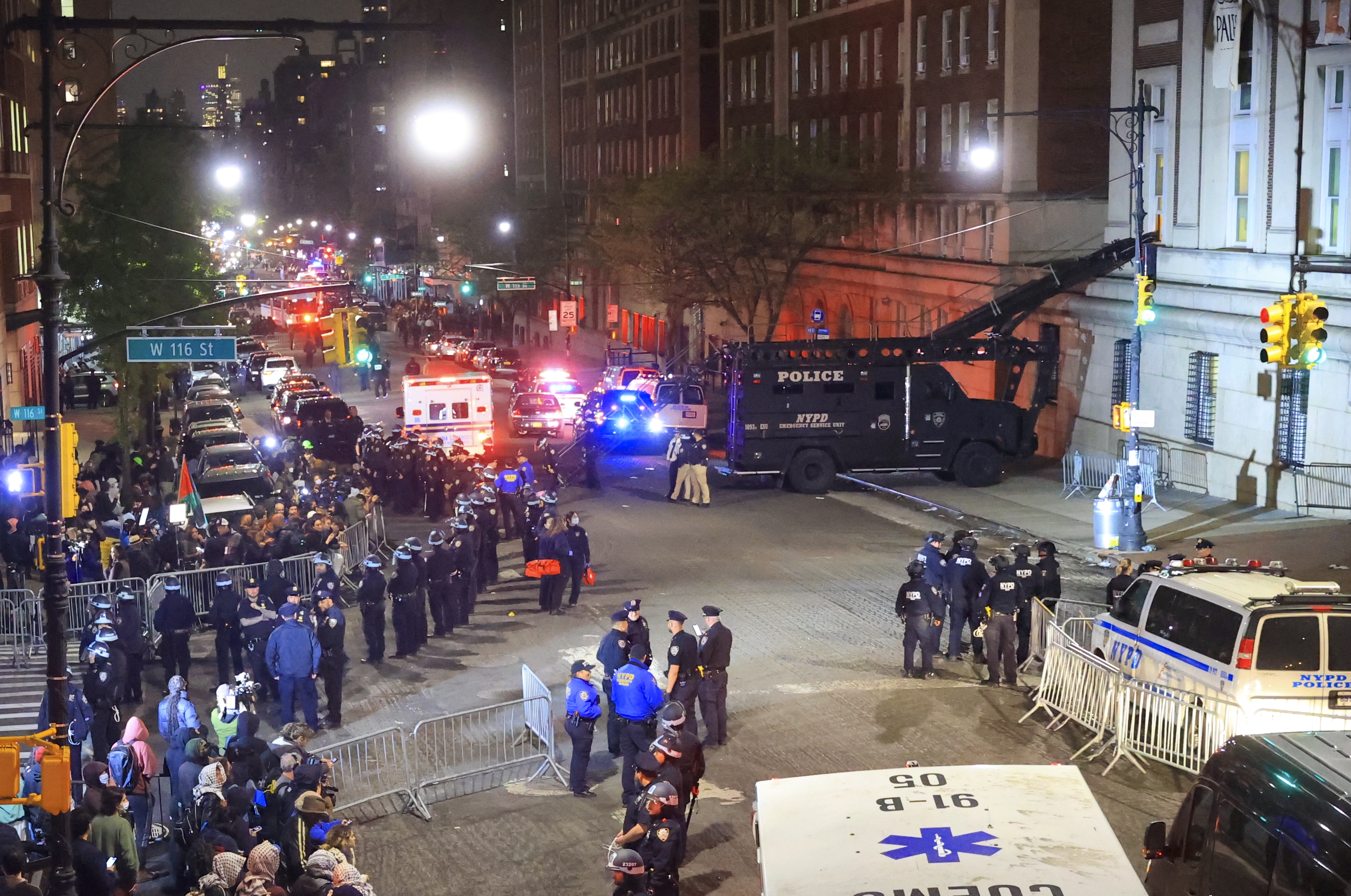
What to Know
- While many New Yorkers have access to health care, there is one group that faces greater challenges: indigenous migrants from Mexico, Central America, and South America.
- A study conducted between 2013 and 2017 and published in 2021 by the NYC Department of Health showed that the linguistic and social conditions of these communities play a role in the lack of access to health care.
- In the sample, 19 percent of indigenous respondents reported needing health care in the 12 months prior to the survey and were unable to obtain it.
While many New Yorkers have access to health care, there is one group that faces greater challenges: indigenous migrants from Mexico, Central America, and South America.
A study conducted between 2013 and 2017 and published in 2021 by the NYC Department of Health showed that the linguistic and social conditions of these communities play a role in the lack of access to health care. In the sample, 19 percent of indigenous respondents reported needing health care in the 12 months prior to the survey and were unable to obtain it.
The Endangered Language Alliance, through Language Map, has recorded the presence of at least 63 indigenous languages of Latin American peoples, but there is no reliable data on how many of their speakers have difficulty communicating in English or Spanish.
Get Tri-state area news and weather forecasts to your inbox. Sign up for NBC New York newsletters.
For Próspero Martínez, a migrant from the Mixe community of Oaxaca and a member of the Council of Indigenous Peoples of New York City, these language barriers often lead members of these communities to turn to home remedies instead of going to the doctor.
"What do indigenous people do when they get sick? They prefer to use the methods they know from their communities: the "tecito", the "sobadas" (healing massages). And when they see or feel that they are not cured, they return to their country to die. This is one of the realities, but of course it does not appear in the statistics," he assures.
For those who need prenatal and obstetric care, however, they have no choice but to go to hospitals.
News
According to the study "Inequality and mistreatment during pregnancy and childbirth in the United States," published in the Reproductive Health Journal, 32.8 percent of indigenous women surveyed said they had experienced at least one form of mistreatment by health care workers.
For Zenaida Cantú, a Tlapaneca speaker from Guerrero, Mexico, this is always a fear because patients from these communities often do not understand how the U.S. medical system works, but it is the support networks within their communities that help them cope.
"Well, we have no choice but to go to the hospital, because it is also an obligation to go there, your baby has to be born there (...) at first you are afraid, but then you start asking acquaintances or neighbors who have had the experience of going to the doctor, and that also helps you," she says.
This lack of knowledge about the medical needs of indigenous communities has led immigrant advocacy groups like Mixteca, based in Sunset Park, Brooklyn, to conduct their own statistical surveys. Vianey Romero, the organization's project director, said that as a result, they became aware of the presence of 40 indigenous peoples in Brooklyn.
This information helped them, with the help of translators and interpreters from the same community, to disseminate information to prevent the spread of Covid-19 during the first months of the pandemic.
"What was done in Mixteca was to provide them with information about Covid, in these native languages, so that the community that had difficulty with Spanish could be informed of what was happening and have access and reach to information in their native language," he said.
In February 2017, the City Council passed Local Law 30, which requires all local institutions to have interpretation services that cater to communities that have difficulty communicating in English, but this does not apply to hospitals.
According to Manuel Castro, commissioner for immigrant affairs, one of the alternatives is for people to contact the city's immigrant affairs line to request assistance with interpretation through a system called Language Line, which offers translation services in 240 languages, but he assures that the assistance goes beyond translation.
"We want them to have the confidence to dial in their language and say, 'I'm undocumented, I feel very bad, I'm afraid to go to the hospital,' and then we can also explain to people that the health system does not ask about their immigration status and which hospital they can go to."
Although this system provides translation services for indigenous languages such as Mixteco, Zapoteco, Quechua, Quiché, among others, there are still many widely spoken languages, such as Mixe, Martínez's language, or Tlapaneco, Cantú's language, that are not included in this list of languages.
Faced with this gap, the communities themselves have come together to help and accompany people who need linguistic assistance, as in the case of the Council of Original Peoples of New York City, where people like Yoloxóchitl Marcelino provide accompaniment and assistance to those who need a translator.
"We have also done some activities with the New York Health Department, which has given us the opportunity to learn to teach them (indigenous migrants) and give them confidence, and sometimes when we have had the opportunity, with my partner Zenaida, we have accompanied them to the doctor, to the documents, for example, at the consulate," she said.



